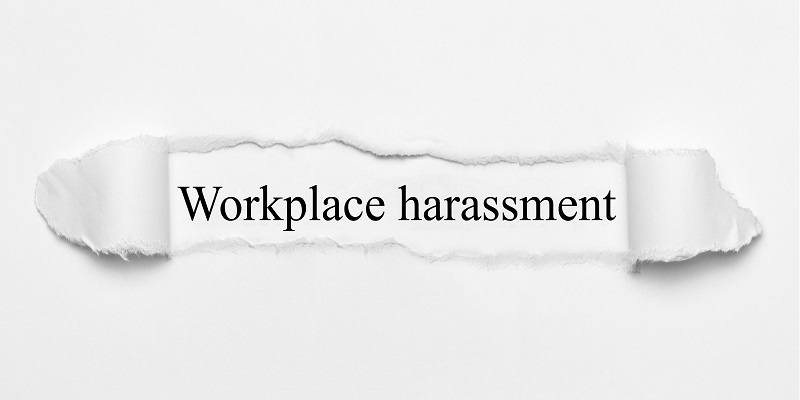The United States Equal Employment Opportunity Commission (EEOC) has recently released proposed guidance on harassment claims under the federal employment discrimination laws it enforces. This comprehensive document aims to explain the legal standards imposed and outline employers’ liability when it comes to addressing workplace harassment.
Incorporation of Bostock v. Clayton County
One of the most significant aspects of the newly proposed guidance is its incorporation of recent changes in the law resulting from the landmark United States Supreme Court decision in Bostock v. Clayton County. While Bostock primarily focused on discriminatory discharge claims, the EEOC clarifies that the Supreme Court’s reasoning extends to harassment claims as well. This means that employers need to take significant steps to address and prevent all forms of harassment in the workplace.
Increase in Employment Lawsuits
It is crucial for employers to understand and proactively address harassment claims, as the EEOC’s statistical data reveals a staggering increase of over 50% in employment lawsuits for the fiscal year 2023. This rise in litigation underscores the vital importance of employers understanding their liability regarding harassment claims and taking appropriate measures to prevent such issues from occurring.
Examples of Harassment Leading to Liability
The proposed guidance provides examples of harassment that could result in employer liability. These examples include the use of epithets related to sexual orientation or gender identity, intentional and repeated misgendering, and the denial of access to facilities in line with an individual’s gender identity. Employers must recognize that allowing such actions or behaviors to persist may lead to legal consequences.
Prohibition of Discrimination and Harassment
Under Title VII, employers are explicitly prohibited from firing, refusing to hire, discriminating against, or harassing employees based on their sexual orientation or gender identity. This means that employers must create a safe and inclusive working environment where employees are protected from any form of discrimination or harassment based on their sexual orientation or gender identity.
Reviewing and Updating EEO Policies
To ensure compliance with updated state and federal laws, employers are advised to review their Equal Employment Opportunity (EEO) policies. These policies should be consistent with the proposed guidance and reflect the legal standards outlined by the EEOC. By doing so, employers can demonstrate their commitment to preventing harassment, promoting diversity and inclusion, and mitigating potential legal risks.
Consequences of Violating Title VII
Violations of Title VII can expose employers to costly lawsuits initiated by employees seeking various remedies. These remedies may include back pay, front pay, emotional distress damages, attorney’s fees, and punitive damages resulting from the violation. By prioritizing compliance with Title VII and preventing harassment in the workplace, employers can minimize the risk of such legal consequences.
Importance of Attention to Laws and Submission of Comments
Given the significant increase in employment lawsuits and the potential impact of the proposed guidance, it is crucial for employers to pay close attention to these laws and regulations. The EEOC has extended an invitation to the public to submit comments on the proposed guidance until November 1st. Employers, employees, and other stakeholders should utilize this opportunity to provide feedback and contribute to the development of comprehensive and effective guidance for addressing harassment claims.
The release of the EEOC’s proposed guidance on harassment claims signals the need for employers to prioritize preventing and addressing harassment in the workplace. By incorporating recent legal changes and providing examples of harassment leading to liability, this guidance offers employers clear standards to follow. Employers must not only review and update their EEO policies but also foster a culture of respect, inclusion, and equality. Constant attention to legal developments and active engagement in the guidance review process will ultimately lead to safer, fairer, and more inclusive workplaces.

